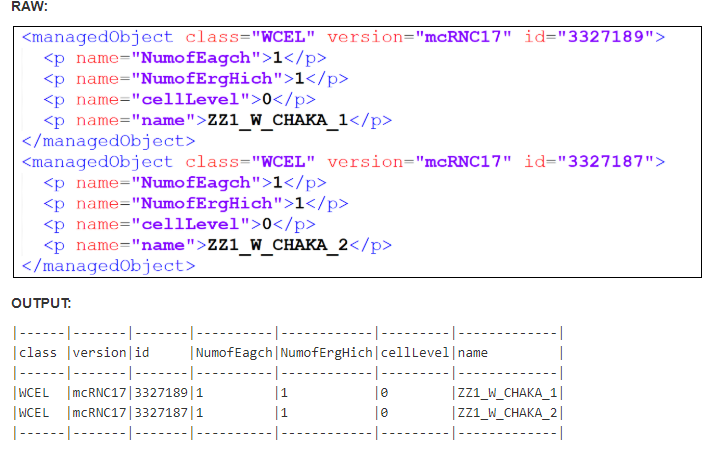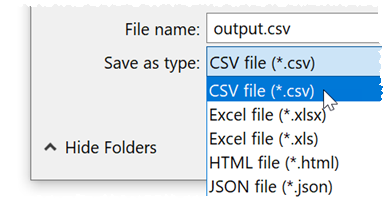

This trend is set to continue, making section 5.5, on downloading and importing data from the web, important for ‘future-proofing’ you I/O skills. With the accelerating digital revolution and growth in open data, an increasing proportion of the world’s data can be downloaded from the internet. Binary formats, which can dramatically reduce file sizes and read/write times, are covered next. Next we explore in more detail efficient functions for reading in files stored in common plain text file formats from the readr and data.table packages. rio requires only two intuitive functions for data I/O, making it efficient to learn and use. The first section introduce rio, a ‘meta package’ for efficiently reading and writing data in a range of file formats.

Conversely, reading and writing your data efficiently will make your R projects more likely to succeed in the outside world. Tricky, slow or ultimately unsuccessful data I/O can cripple efficiency right at the outset of a project.

However, the majority of R resources and documentation start with the optimistic assumption that your data has already been loaded, ignoring the fact that importing datasets into R, and exporting them to the world outside the R ecosystem, can be a time-consuming and frustrating process. Data I/O will be needed on projects where data comes from, or goes to, external sources. Input/output (I/O) is the technical term for reading and writing data: the process of getting information into a particular computer system (in this case R) and then exporting it to the ‘outside world’ again (in this case as a file format that other software can read). This chapter explains how to efficiently read and write data in R. 9.3.4 Branches, forks, pulls and clones.9.1 Top 5 tips for efficient collaboration.8.5 Operating systems: 32-bit or 64-bit.7.5.1 Parallel versions of apply functions.7.4 Example: Optimising the movie_square() function.7.1 Top 5 tips for efficient performance.6.4 Efficient data processing with dplyr.6.3.2 Split joint variables with separate().6.3.1 Make wide tables long with gather().6.3 Tidying data with tidyr and regular expressions.6.1 Top 5 tips for efficient data carpentry.5.4.1 Native binary formats: Rdata or Rds?.5.3.1 Differences between fread() and read_csv().4.5.1 Dynamic documents with R Markdown.3.3.3 Informative output: message() and cat().3.1 Top 5 tips for efficient programming.2.6.3 Useful BLAS/benchmarking resources.2.6.1 Testing performance gains from BLAS.2.6 BLAS and alternative R interpreters.2.3.4 Installing R packages with dependencies.2.2.1 Operating system and resource monitoring.



 0 kommentar(er)
0 kommentar(er)
